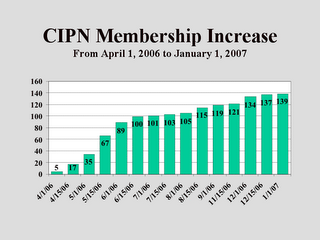Antidepressants linked to Increased Falls and Fractures
Roughly 10% of the American population uses perscription antidepressants. Daily use of the antidepressant medications known as selective serotonin reuptake inhibitors ( SSRIs ) such as Zoloft, Prozac, Paxil, Celexa and Lexapro, by adults 50 years and older is associated with a doubled risk of some fractures, according to a report in the January 22, 2007 issue of Archives of Internal Medicine. The study is based on the evaluation of 5,008 community-dwelling adults 50 years and older who were followed up for over five years for incident fractures. The study also concluded daily SSRI use was associated with increased risk of falls and decreased bone-mineral density. SSRIs can cause a drop in blood pressure and fainting in some people. Those who take the antidepressants regularly and are 50 years and older, are urged to pay attention to lifestyle choices including regular strength training exercises, eating foods rich in calcium and vitamin D, no drinking and no smoking.
To read the actual study, click here (subscription to Archives of Internal Medicine is necessary)
To read an article on the study, click here

